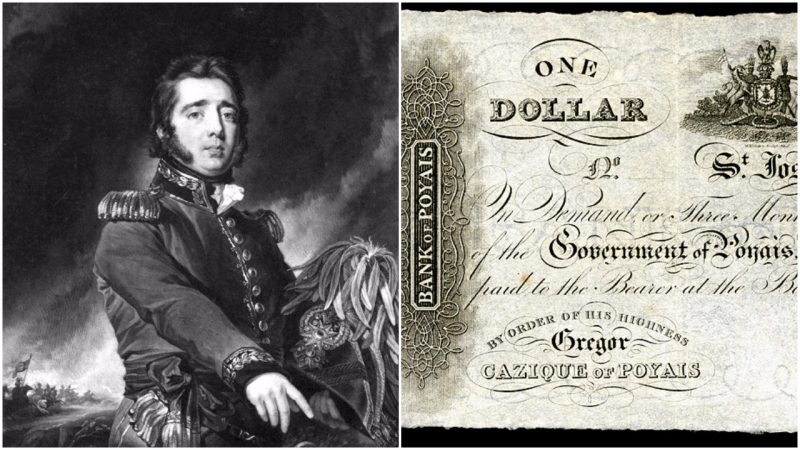Confidence tricks and various scams are issues which are omnipresent in contemporary society.
Nowadays, highly advanced digital technology allows online tricksters to lure unwitting Internet surfers into traps, and thousands of people regularly receive e-mails from fictional royalties of foreign countries that are designed to extort money and personal information.
Therefore, contemporary tricks and scams often don’t lack in creativity, but the historical circumstances of the 19th century proved to be a particularly fertile ground for some seriously nefarious schemes. Namely, Westerners rapidly colonized the Americas and the ordinary people of the time weren’t exactly aware of the exact number and names of all the new countries that emerged across the world.
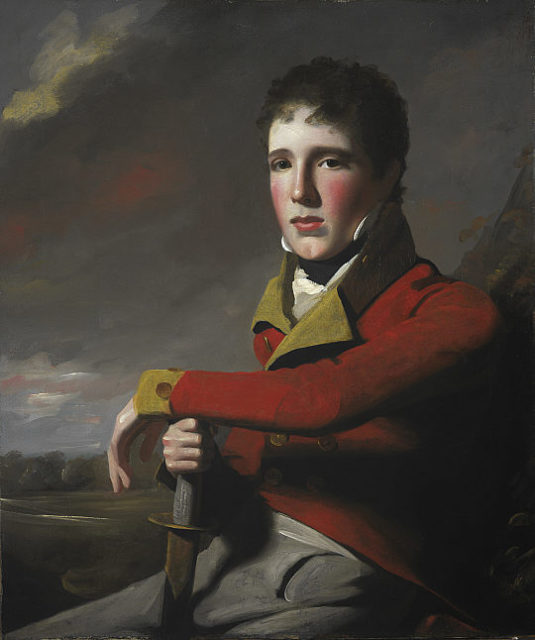
A Scottish trickster named Gregor MacGregor used these circumstances to destroy the lives of many British and French investors. MacGregor was an officer of the British Army who participated in several armed conflicts in the South and Central America and became general in 1812 during the Venezuelan War for Independence.
MacGregor returned to Britain in 1821 and designed a creative confidence trick: he claimed that King George Frederic Augustus of the Mosquito Coast in the Gulf of Honduras named him the “Cazique of Poyais.” “Cazique” was an ancient pre-Columbian term used by leaders of indigenous groups, and “Poyais” is a non-existent country which MacGregor invented to be able to construct his scheme.
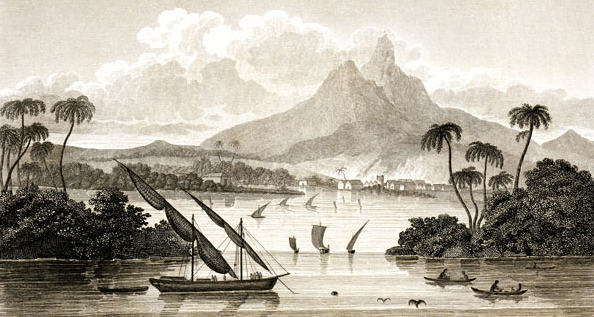
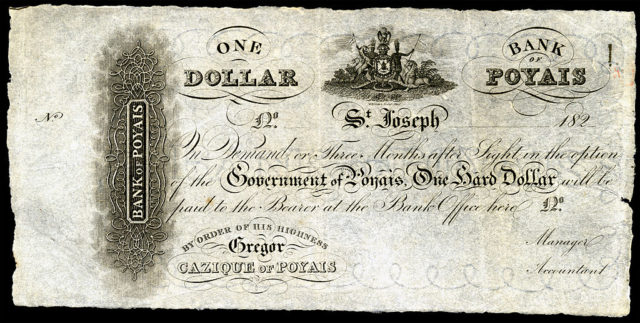
MacGregor advertised affordable plots of land in the country of Poyais, which he described as a moderately developed British colony. Many British and French investors bought plots of land in Poyais, and a group of around 300 people immediately ventured to settle in the imaginary country. Unfortunately, they arrived to find a vast area of untamed jungle, and many of the settlers died due to harsh weather conditions and exotic diseases.
Those who managed to return to Britain promptly sued MacGregor for fraud in 1823, but he was acquitted because the court ruled that the colonists who founded Poyais most likely abandoned the area due to its harsh landscape. MacGregor successfully continued to sell plots of land in Poyais for the next decade and earned a stellar amount of money.
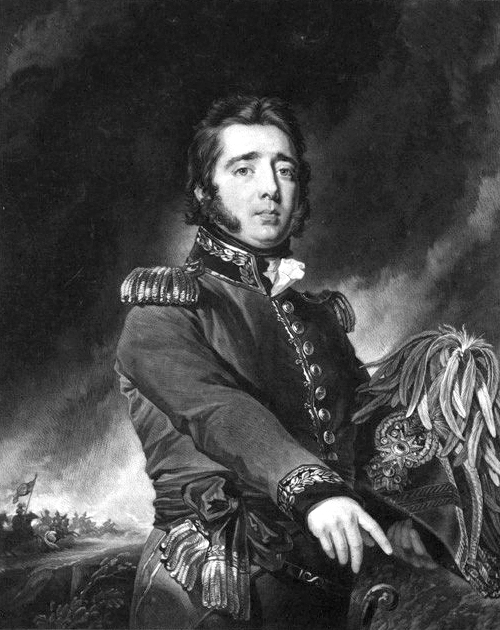
In 1838, he emigrated to Venezuela, where the locals welcomed him as a philanthropist and a national hero.
Read another story from us: Treasure Hunter cheats investors
MacGregor thus became one of the most successful tricksters in history, and he was never found guilty of any of his crimes. He died peacefully in Venezuela at the age of 58, surrounded by his family and friends, and was buried with full military honors in the cathedral of the Venezuelan city of Caracas.
